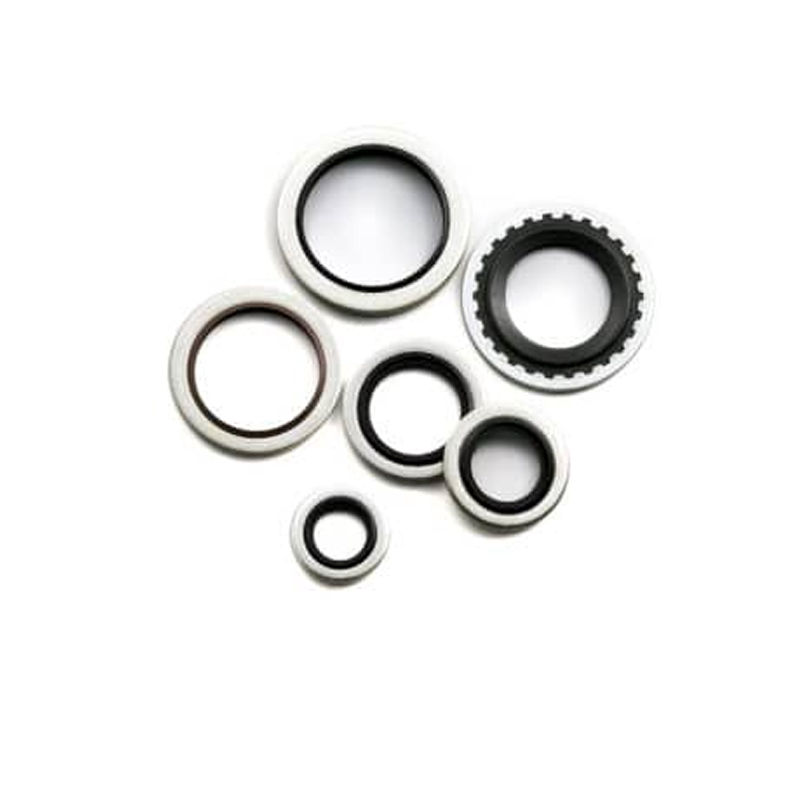Replacing the Rear Main Seal on a 300 TDI Engine Step by Step Guide
Understanding the Rear Main Seal on the 300 TDI Engine
The 300 TDI (Turbo Diesel Injection) engine is a robust and popular engine originally produced by Land Rover for use in its Defender and Discovery models. Known for its durability and efficiency, the 300 TDI has garnered a loyal following among enthusiasts and off-road adventurers alike. One critical component of this engine is the rear main seal. Understanding its function, common issues, and maintenance tips can help ensure that your 300 TDI remains in top condition.
What is the Rear Main Seal?
The rear main seal is a crucial component that prevents engine oil from leaking out of the crankshaft at the rear of the engine. It is located between the engine block and the transmission, sealing the crankshaft and preventing oil loss, which could otherwise lead to significant engine damage. The seal is typically made of rubber or a composite material, designed to withstand high temperatures and pressures within the engine.
Importance of the Rear Main Seal
The primary function of the rear main seal is to maintain oil pressure within the engine while preventing oil from leaking out. Proper oil levels and pressure are essential for lubricating various engine components, minimizing friction, and dissipating heat. A failing rear main seal can lead to serious issues, including decreased engine performance, increased wear on engine parts, and potential engine failure due to lack of lubrication.
Common Symptoms of a Failing Rear Main Seal
1. Oil Leaks The most noticeable sign of a failing rear main seal is an oil leak. If you notice oil pooling under your vehicle, especially towards the rear of the engine, it may be indicative of a leaking rear main seal.
2. Oil Consumption If your engine is burning oil at an unusual rate, a compromised rear main seal could be the culprit. The oil may be leaking out rather than being consumed in the combustion process.
300tdi rear main seal

3. Oil Pressure Warning Light A sudden drop in oil pressure can trigger the oil pressure warning light on your dashboard. This could be due to a leak caused by a failing seal.
4. Engine Performance Issues In some cases, you may notice a decrease in engine performance or unusual sounds emanating from the engine bay, which can be linked to low oil levels caused by a rear main seal leak.
Maintenance Tips
1. Regular Inspections Conduct regular checks of your engine and the surrounding areas for signs of oil leaks. Early detection can save you from more extensive repairs down the line.
2. Oil Changes Regular oil changes not only help maintain engine performance but can also extend the life of your rear main seal. Clean oil reduces the wear on engine parts and helps maintain optimal pressure.
3. Use Quality Parts If you need to replace your rear main seal, make sure to use high-quality OEM or aftermarket parts. Cheaper alternatives may save you money initially, but they often do not provide the same level of performance or durability.
4. Professional Installation Replacing a rear main seal can be a labor-intensive job, requiring the removal of the transmission. Hiring a professional mechanic can ensure that the job is done correctly and reduce the likelihood of future leaks.
Conclusion
The rear main seal is a small yet vital component of the 300 TDI engine. Understanding its importance and recognizing the signs of a failing seal can help you maintain your vehicle and prevent costly repairs. By staying vigilant and adhering to a regular maintenance schedule, you can enjoy the reliable performance of your 300 TDI for years to come. Whether you use your Land Rover for daily commuting or adventurous off-roading, keeping your rear main seal in good shape is essential for sustaining your engine's integrity and longevity.
-
Simplifying Oil Changes: A Comprehensive Guide to Oil Drain Plugs and Their Variants
News Aug.04,2025
-
Mastering Oil Drain Maintenance: Solutions for Stripped, Worn, and Upgraded Oil Plugs
News Aug.04,2025
-
Fixing Oil Pan Plug Issues: Leaks, Stripped Nuts, and the Right Replacement Solutions
News Aug.04,2025
-
Everything You Need to Know About Oil Drain Plugs: Sizes, Fixes, and Upgrades
News Aug.04,2025
-
Choosing the Right Oil Drain Plug: A Guide to Sizes, Materials, and Drain Innovations
News Aug.04,2025
-
A Complete Guide to Automotive Drain Plugs: Types, Problems, and Innovative Solutions
News Aug.04,2025
-
The Ultimate Guide to Car Repair Kits: Tools and Essentials Every Driver Should Own
News Aug.01,2025
Products categories















